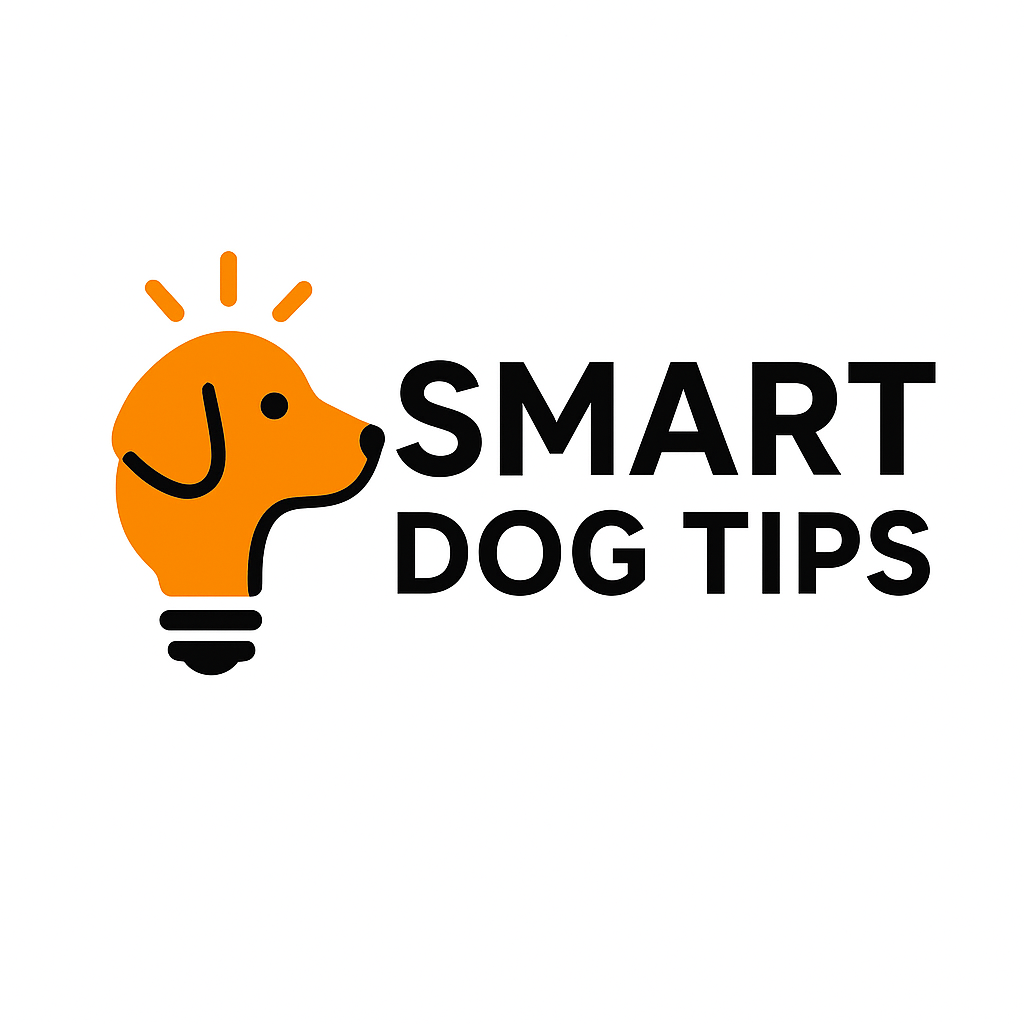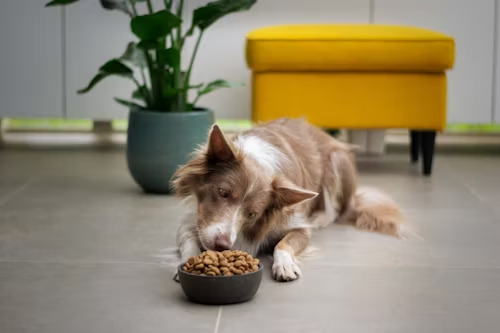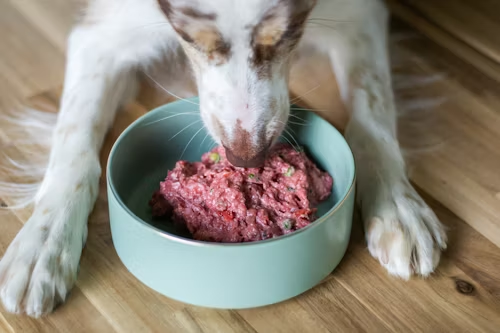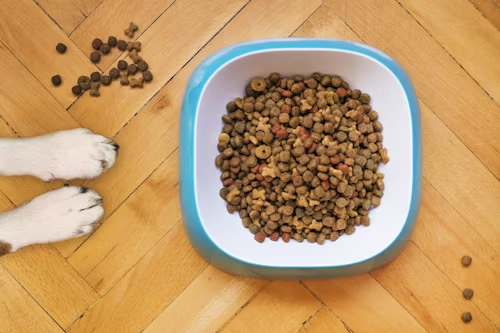Feeding your dog might seem straightforward: scoop, pour, and serve. Yet, one of the most common questions among dog owners is, “Am I feeding my dog the right amount?”
The amount of food you give your dog affects every part of their health—energy levels, weight, coat condition, and even lifespan. Feeding too little can lead to malnutrition, while overfeeding can cause obesity and serious health problems.
This guide explains everything you need to know. You’ll learn how much food to feed your dog, what factors influence feeding amounts, and how to make sure your pet gets exactly what they need.
Why Feeding the Right Amount Matters
Feeding the correct portion is not just about filling your dog’s belly. It’s about giving them the right balance of nutrients to help them live a long, healthy, and happy life. Dogs who are fed properly tend to:
- Maintain a healthy weight
- Have shinier coats and clearer eyes
- Show consistent energy throughout the day
- Suffer fewer chronic health conditions like arthritis, diabetes, or heart disease
Every dog is unique. Two dogs of the same breed might have completely different nutritional needs depending on activity level, metabolism, and lifestyle.
Factors That Determine How Much to Feed Your Dog
There is no universal feeding chart that fits every dog. However, the following factors have the biggest influence on how much food your dog needs.
1. Age
When it comes to feeding, age really matters. Puppies are like little energy machines; they grow fast and burn calories quickly, so they need more food and more frequent meals to keep up with their development. As dogs mature, their needs change. Adult dogs do best on balanced meals that help them maintain steady energy and a healthy weight. Then, as they reach their senior years, their metabolism slows down a bit. Older dogs usually need fewer calories, but higher-quality nutrients to keep their joints strong and their organs healthy.
2. Weight and Size
A large breed such as a German Shepherd or Labrador Retriever will obviously eat more than a Chihuahua or Pomeranian. The key is to feed for your dog’s ideal weight, not necessarily their current one, especially if your dog needs to lose or gain a few pounds.
3. Activity Level
A dog’s activity level plays a big role in how much food they need. If your pup goes on daily walks, enjoys long play sessions, or takes part in agility training, they’re burning a lot more energy than a dog who prefers to nap on the couch most of the day. The trick is to match their food portions to how active they really are; that’s the best way to keep their weight healthy and their energy steady.
4. Type of Food
Not all dog food is created equal, and the type you choose makes a big difference in how much to feed. Dry kibble is more concentrated and packed with calories, which means your dog needs smaller portions to get the same energy.
Wet food, on the other hand, has a higher water content and fewer calories per serving, so you’ll usually feed a bit more of it. If you’re considering a raw or homemade diet, the calorie content can vary a lot; it’s always best to work with your veterinarian to make sure your dog is getting the right balance of nutrients.
5. Health Conditions
Some dogs have medical conditions that change what and how much they should eat. Health issues like diabetes, kidney disease, or thyroid problems often require special diets that are carefully balanced to support their needs. If your dog has any long-term or chronic condition, it’s always best to follow your veterinarian’s guidance; they can help you choose the right food and portion size to keep your dog healthy and comfortable.
How to Calculate How Much Food to Feed
Most commercial dog foods include a feeding guide printed on the bag. It’s a reliable starting point, but should be adjusted based on your dog’s individual needs. Here’s a sample dry food feeding chart for reference:
| Dog Weight | Daily Food Amount (Dry Kibble) |
|---|---|
| 5 lbs (2.3 kg) | ½ to ⅔ cup |
| 10 lbs (4.5 kg) | ¾ to 1 cup |
| 20 lbs (9 kg) | 1½ to 2 cups |
| 50 lbs (23 kg) | 2¾ to 3½ cups |
| 75 lbs (34 kg) | 3¾ to 4¾ cups |
| 100 lbs (45 kg) | 4½ to 5¾ cups |
Always measure using a proper measuring cup, not an unmarked scoop or bowl.
For a more scientific approach, you can use your dog’s Resting Energy Requirement (RER):
RER = 70 × (Body Weight in kg)⁰·⁷⁵
Then multiply that number by a factor based on your dog’s activity level (ranging from 1.2 for seniors to 2.0 or higher for active dogs).
For example, a 10-kilogram adult dog with moderate activity:
RER = 70 × (10)⁰·⁷⁵ = approximately 400 calories
Daily requirement ≈ 400 × 1.6 = 640 calories per day
How Often to Feed Your Dog
| Dog Age | Feeding Frequency | Notes |
|---|---|---|
| Puppy (under 6 months) | 3–4 meals per day | Supports growth and stable energy |
| Adult (1–7 years) | 2 meals per day | Keeps blood sugar and energy consistent |
| Senior (8+ years) | 2 smaller meals per day | Easier digestion and better weight control |
Avoid free-feeding (leaving food out all day) unless specifically recommended by your vet, as it can lead to overeating.
Signs You Are Feeding the Right Amount
Because every dog is different, observation is key.
You are likely feeding the right amount if your dog:
- Has an easily felt rib cage without visible ribs
- Maintains steady energy and alertness
- Has a smooth, shiny coat
- Produces firm, regular stools
You may need to adjust feeding if you notice:
- Unexplained weight gain or loss
- Constant begging or lethargy
- Loose stools or constipation
Adjusting Food by Life Stage
Puppies
Puppies need diets high in protein, fat, and calories. Choose food labeled “for growth” or “puppy formula.” Small breeds reach adulthood around 12 months, while large breeds can take up to 24 months.
Adults
Consistency matters most. Measure meals carefully, watch body weight, and make small adjustments if your dog starts to gain or lose.
Seniors
Older dogs are less active and need fewer calories but more fiber and certain nutrients such as glucosamine and omega-3s. Switch to senior-specific food when your veterinarian recommends it.
Choosing the Right Food
Each type of food has benefits and drawbacks.
| Type | Pros | Cons |
|---|---|---|
| Dry kibble | Affordable, long shelf life, promotes dental health | Less moisture, may be less appealing |
| Wet food | Hydrating, easier to chew, often tastier | Higher cost, shorter shelf life |
| Raw diet | Natural ingredients, high protein | Needs careful balancing and safe handling |
When changing food types, transition gradually over 5–7 days to avoid stomach upset.
Using a Dog Feeding Calculator
Online dog feeding calculators can make portioning easier. They use your dog’s weight, age, and activity level to estimate daily calories and food amounts.
These tools are helpful, but results should always be reviewed by your veterinarian to ensure accuracy for your dog’s breed and health.
Water: The Forgotten Nutrient
Dogs need access to clean, fresh water at all times. Water regulates temperature, aids digestion, and helps the body absorb nutrients. A good rule is one ounce of water per pound of body weight daily, though active or hot-weather dogs may need more.
Preventing Overfeeding and Obesity
Canine obesity is one of the leading health issues in pets, but it is entirely preventable. Tips for maintaining a healthy weight:
- Measure every meal accurately
- Limit treats to less than 10% of daily calories
- Provide daily exercise
- Weigh your dog monthly
- Adjust portions gradually based on weight changes
How to Transition to a New Feeding Plan
If you’ve been feeding too much or too little, adjust portions slowly to prevent digestive upset.
| Day | Old Food | New Food |
|---|---|---|
| 1–2 | 75% | 25% |
| 3–4 | 50% | 50% |
| 5–6 | 25% | 75% |
| 7 | 0% | 100% |
This approach helps your dog’s system adapt comfortably to new food or portion sizes.
Common Feeding Mistakes to Avoid
- Guessing portion sizes. Always use a measuring cup.
- Overusing treats. Treats should be occasional rewards, not meal replacements.
- Ignoring label instructions. Dog food labels are designed with expert nutritional input.
- Not adjusting for changes. New routines or health conditions may require different feeding amounts.
- Skipping veterinary input. Your vet is the most reliable source of personalized guidance.
The Importance of Veterinary Guidance
Even the best feeding charts can’t replace professional advice. A veterinarian can:
- Assess your dog’s body condition score
- Identify nutritional deficiencies or excesses
- Recommend breed-specific dietary adjustments
- Monitor weight and long-term health trends



